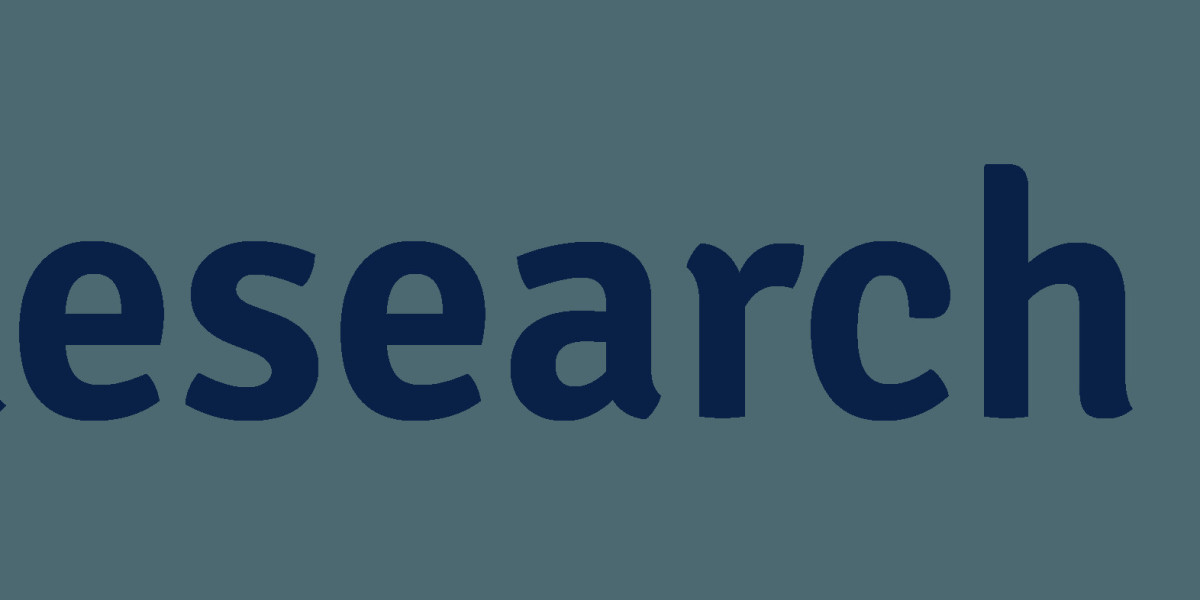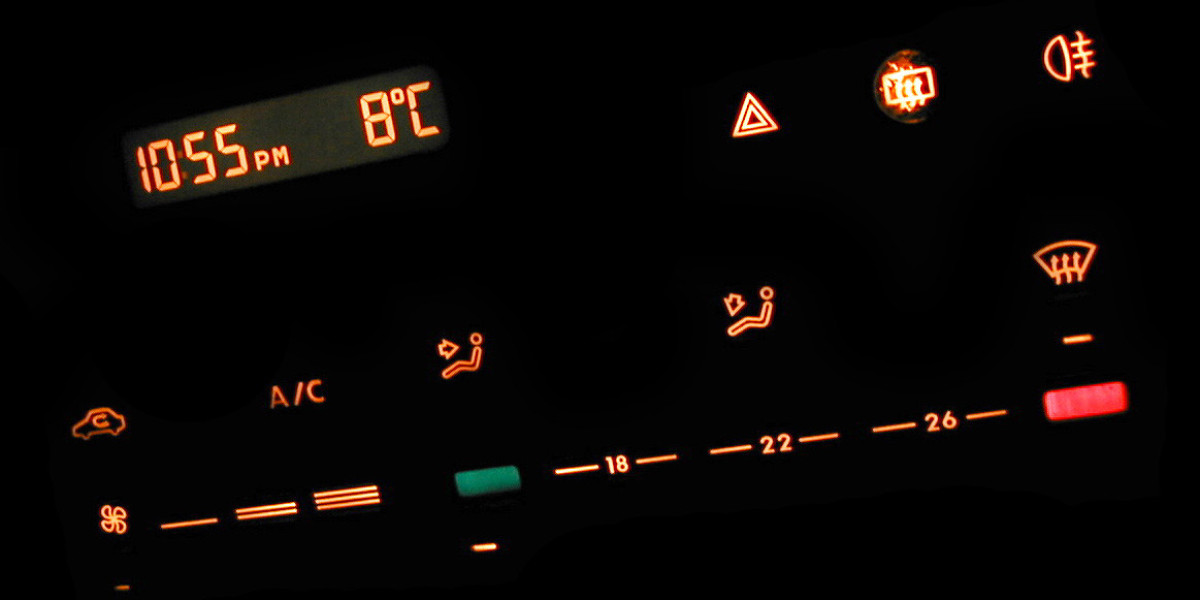AI-Based Torpedo-Defense System Market is gaining intensity, according to newly published research by Research Intelo. The report provides a thorough examination of market drivers, restraints, opportunities and value figures set to influence maritime defence landscapes worldwide.
This market segment refers to intelligent systems designed to detect, track and neutralise torpedo threats via artificial-intelligence (AI) and machine-learning (ML) algorithms combined with acoustic, sonar and data-fusion technologies.
Request a Sample Report: https://researchintelo.com/request-sample/30839
Market Overview
Several drivers are propelling growth in this AI-Based Torpedo-Defense System Market:
Rising complexity of submarine and torpedo threats has spurred demand for smarter defence solutions employing AI and ML.
Naval modernisation programmes worldwide, replacing legacy systems with more automated capabilities.
Emerging technologies such as sonar arrays, acoustic sensors and data-fusion platforms enabling real-time threat response.
Strategic maritime competition, especially in Asia-Pacific, driving investment in torpedo-defence systems.
Conversely, certain restraints impact market expansion:High capital expenditure and sophisticated integration requirements increase system cost and procurement cycles.
Stringent certification, qualification and deployment challenges in underwater defence environments.
Supply-chain dependencies for specialised sensors and AI modules may affect scalability in some regions.
Budgetary competition within defence programmes means torpedo-defence may not always be top priority.
And yet, the opportunities are significant:Retrofit programmes for existing naval vessels present a meaningful growth segment for system upgrades.
Growth in unmanned underwater vehicles (UUVs) and autonomous platforms opens new deployment avenues.
Emerging regions looking to bolster maritime security provide new geographies for market expansion.
Advancements in software-based solutions, services and lifecycle support create recurring-revenue business models.
View Full Report: https://researchintelo.com/report/ai-based-torpedo-defense-system-market
Drivers in Detail
Heightened underwater threat environment: Advances in torpedo technology and submarine stealth capabilities demand counter-systems incorporating AI and real-time analytics.
Naval fleet modernisation: Many nations are upgrading submarines and surface combatants, integrating AI-based torpedo defence as part of holistic maritime security architecture.
AI & sensor innovation: Development of machine-learning algorithms, acoustic sensor networks and signal-processing platforms enhance detection accuracy, response time and countermeasure deployment.
Strategic engagements and partnerships: Governments are increasingly collaborating on maritime intelligence, surveillance and defence systems, enabling accelerated adoption of AI-based torpedo-defence solutions.
Restraints to Consider
Integration complexity and cost: Installing AI-enabled torpedo-defense systems in legacy platforms demands engineering adaptation and incurs significant expense.
Certification & deployment hurdles: Underwater defence systems must meet rigorous specifications, undergo lengthy trials and achieve reliability in hostile maritime environments.
Supply chain and technology dependencies: The niche nature of acoustic sensors, ML modules and data-fusion units means limited suppliers and potential bottlenecks.
Programmatic budget competition: Within defence budgets, torpedo-defense may receive lower priority compared to more visible domains such as air-defence or missile systems.
Opportunities Worth Tracking
Retrofit and upgrade markets: Many existing fleets lack advanced torpedo-defence systems; retrofitting offers an accelerated path to market growth.
Autonomous under-sea platforms: As UUVs and unmanned maritime systems proliferate, they present new launch and defence vectors requiring AI-based torpedo-defense integration.
Emerging regional demand: Regions such as Africa, Latin America and parts of South-East Asia are increasingly aware of maritime threats and seek cost-effective torpedo-defense solutions.
Service-based models & software upgrades: Suppliers can offer not just hardware but AI-enabled software, analytics, training and lifecycle support – creating recurring revenue streams.
Global Outlook & Growth Trends
The AI-Based Torpedo-Defense System Market is set on a strong growth path. Valued at about USD 1.8 billion in 2024, it is expected to reach roughly USD 5.4 billion by 2033 with a CAGR of 12.6%.
In geographical terms, North America will remain the largest market in the near term. Asia-Pacific is expected to lead growth, propelled by naval modernisation programmes, maritime security intensification and deployment of autonomous under-sea platforms.
Across platforms, submarines and surface vessels dominate today, but unmanned underwater vehicles (UUVs) and novel sensing platforms are rapidly gaining traction. Technology trends include increased automation, AI-driven decision-making, integration of acoustic and data-fusion sensors and lifecycle analytics.
Given these dynamics, the AI-Based Torpedo-Defense System Market is transitioning from niche programmes to mainstream maritime-defence investments.
Enquire Before Buying: https://researchintelo.com/request-for-customization/30839
Strategic Implications for Defence Stakeholders
For naval planners, procurement officials, system integrators and defence-technology investors, the rise of the AI-Based Torpedo-Defense System Market signals strategic shifts. Torpedo-defence is no longer simply passive; intelligent, adaptive systems are becoming mission-critical. Defence agencies should consider:
Integrating AI-based torpedo-defense requirements in future ship/submarine procurement and modernisation plans.
Evaluating retrofit options for existing fleets to upgrade torpedo-defense capabilities.
Collaborating with technology providers on sensor-fusion, machine-learning, and data-analytics capabilities.
Exploring service and software models for support, maintenance and upgrades of torpedo-defense systems.
Monitoring emerging regional demand for cost-effective torpedo-defense solutions in less-mature markets.
Check Out the Report: https://researchintelo.com/checkout/30839







